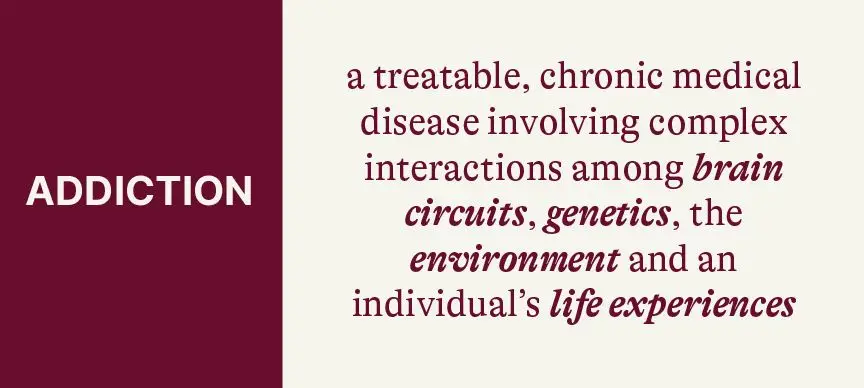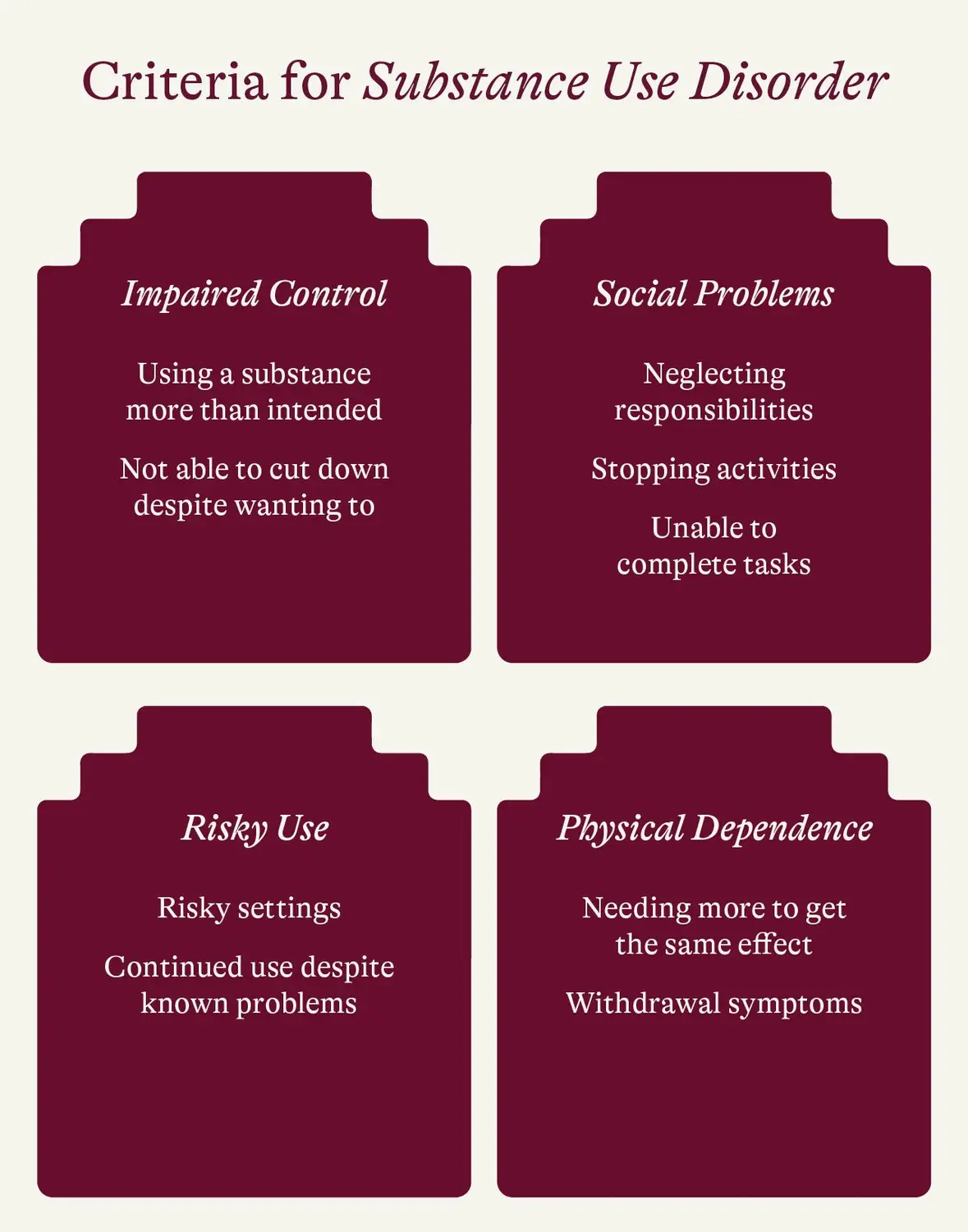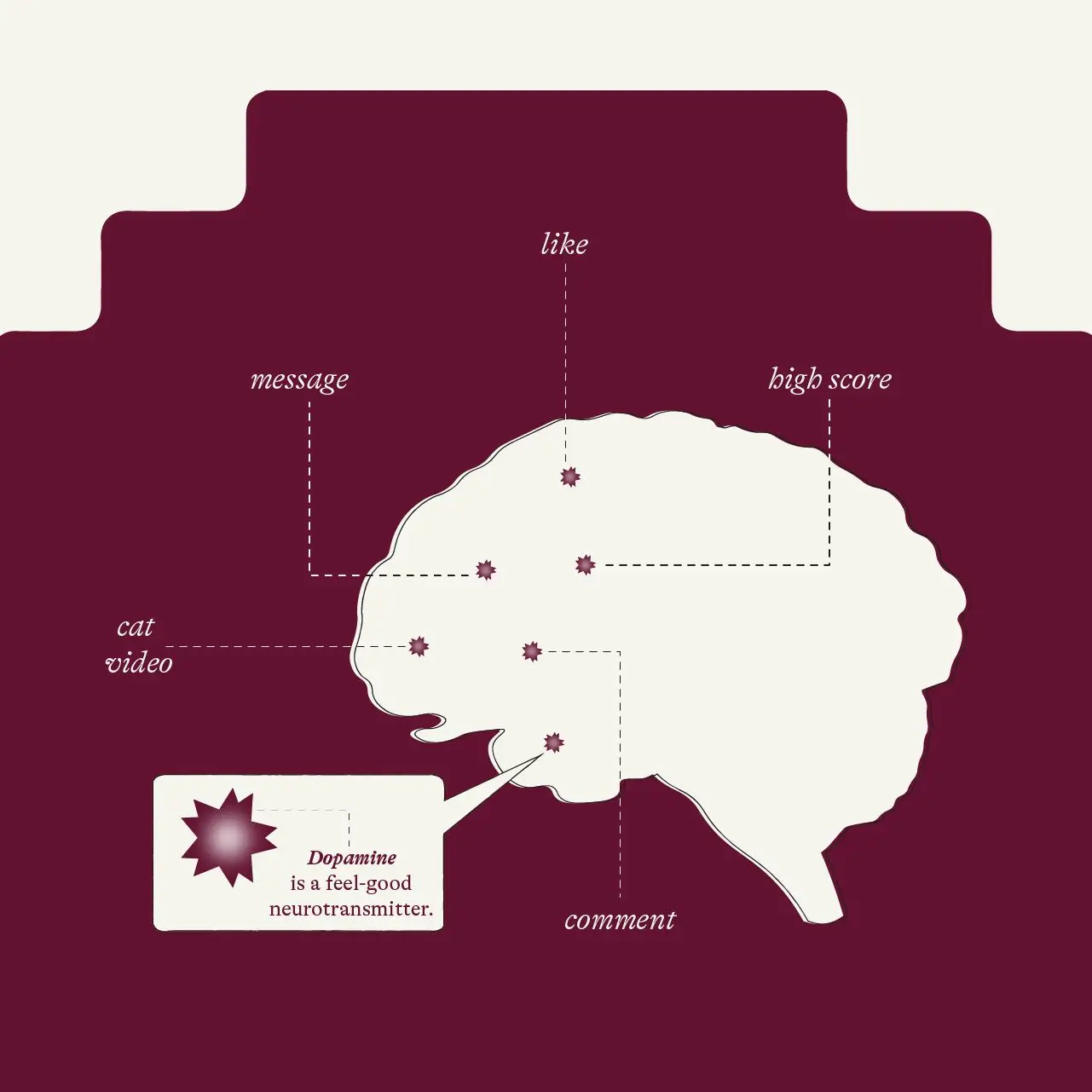Raise your hand if you’ve ever wondered if you’re “addicted” to your phone. (Hand silently goes up…)
If you know that eerie sensation when you accidentally leave home without your phone, if you’ve ever panicked that you can’t be reached if you don’t carry it with you everywhere (even to the restroom), if you can’t go more than an hour before refreshing your social media apps of choice… you may have self-identified as “addicted” to technology. Many of us are guilty of spending more time than we’d like (or even want to admit) with technology. And many parents, educators and professionals who work with children are highly concerned that children, especially teenagers, are even more addicted.
Coming out of the pandemic, when phones became our lifelines to keep us connected to others and the outside world, many people now say they can’t go a day – or even an hour – without looking at their phone. And for children who entered adolescence during stay-at-home orders and spent a school year (or more) online, phones and technology have become more than just a tool. They’ve become a lifeline.
So the question is: are we addicted to our phones? And if so, what does that mean for us moving forward? Let’s take a look at what we know about the science of addiction.
What comes to mind when you hear the word “addiction”? For many people, it conjures an unhealthy reliance on a substance or an activity. You might picture an addiction to drugs or alcohol, gambling or dieting. When you picture a person with an addiction, you probably think of a person who is unable to stop, a reliance on the substance or behavior that has taken over their life, impacting their health and relationships.

According to the American Society of Addiction Medicine, addiction is a “treatable, chronic medical disease involving complex interactions among brain circuits, genetics, the environment and an individual’s life experiences.” Like other diseases, addiction disrupts the normal healthy functioning of the body (in this case, specific brain circuits).
Addiction generally falls into two categories: substance addiction and non-substance addiction. Substances can include medications, non-prescribed drugs, alcohol, caffeine, or cigarettes. Non-substance addictions are behavioral in nature and can include addictive activities such as gambling, eating, exercising, shopping, viewing pornography or playing online games.
The DSM-5 (or the Diagnostic and Statistical Manual of Mental Disorders, Fifth Edition) is the American Psychiatric Association’s manual used by clinicians and researchers to diagnose and classify mental disorders. It is generally seen as the go-to resource for health care professionals and contains descriptions, symptoms and other criteria for diagnosing mental disorders.
The DSM-5 currently does not list phone addiction (though it has been proposed). Of the various types of behaviors that can lead to addiction (non-substance addiction), currently the DSM-5 explicitly names online gambling as the only technology-related diagnosable addiction.
It does, however, list in detail the criteria for substance addiction which can serve as a guide for understanding other types of addiction that are not currently in the manual.
There are eleven criteria for substance use disorders that fall into four categories:

Most importantly, dependence or addiction to substances alters the chemistry of the brain and functionally changes the brain circuits involved in stress, the reward system and self-control.
What does this all mean when we apply it to the use of phones?
Each of the four categories of substance addiction have overlaps with what we typically consider “phone addiction”. And while data on phone use varies, one 2023 study covers all of these in simple stats.
Impaired control:
The study shows that 75% of Americans feel uneasy leaving their phone at home and 47% feel a sense of panic or anxiety when their phone battery goes below 20%.
Social problems:
The study shows that 46% of people use or look at their phone while on a date and 69% have texted someone in the same room as them.
Risky use:
The study shows that 27% of people use or look at their phone while driving and 60% sleep with their phone at night.
Physical dependence:
The study shows that 89% of Americans check their phone within the first ten minutes of waking up and 75% check their phones within five minutes of receiving a notification. And in the event of a house fire or other major disaster, 82% would take their phone with them before evacuating.
And what about the chemistry of the brain that gets altered with addiction?
It’s certainly not the black rectangle in your hand that causes the addiction – but rather the content on it. As technology has advanced, app developers and content creators have tapped into the science behind dopamine to make content engaging and keep users coming back for more. Notifications, “likes” and platforms that encourage a user to keep scrolling tap into the brain’s dopamine and encourage more use.

The science of addiction has also brought us extensive knowledge on the science of quitting. This is undoubtedly a very complex issue that is dependent on each person’s addiction, life experiences and environment. But there are several key components that most experts include when working with people experiencing addiction.
These include:
Note: This is an oversimplification of a complex process that is best done with a professional trained in addiction. These are listed as just some of the components of a full addiction recovery plan.
These same components can be a resource in helping navigate phone addiction. If you’re one of the people who sheepishly raised your hand at the beginning of this article, let’s see how we can take these addiction lessons learned and apply them to our phone addictions.
Given that it can be nearly impossible to give up our phones entirely, since they have so many practical and necessary uses, these strategies can work to help us curb the addiction and have a healthier relationship with our devices.
Consider these tips:
Set a goal.
Work to identify a long-term goal or a series of smaller goals. A broad goal such as “stop using my phone so much” is likely to be ineffective. Instead, consider something like:
Remove temptations from the environment.
Pay attention to the aspect of the phone that seems to cause the biggest challenge. Maybe it’s a social media app that you can’t stop scrolling through. Maybe it’s the constant notifications of a group text. Maybe it’s a game that you can’t stop because it will break your streak. Whatever seems to keep you most hooked on your phone or cause you the most stress or anxiety, identify a way to limit it. This might mean turning off notifications, muting certain conversations or deleting apps entirely. There are also features built into the phone that will disable apps after a set amount of time.
Replace the addiction with something else.
A big part of phone usage is that it’s something to do that keeps us entertained when we’re bored, exhausted, have had a long day, or don’t feel like doing anything else. Because we’ve become so accustomed to pulling out our phone any time we have an idle moment, we haven’t had as much practice sitting around and doing nothing. This means that we’re probably not going to have great success just trying to stop using our phones during these times. Instead, we need to fill that void with something else. Try picking up one of the magazines in the doctor’s office lobby, read a book before bed or find a hobby that uses your hands that can be done while sitting on the couch.
We don’t necessarily need an entry in the DSM-5 to validate what many are already experiencing – that for many, the reliance on phones has gotten out of hand. And while the nature of technology means that this conversation will always be changing, we can learn a lot from the decades of research that have already been done on addiction in general. But as they say in addiction, the first step is owning that you may have a problem. And when we are aware that our use of phones is not where we want it to be, that can be the start of a journey to a healthy relationship with our devices.
Share with
Related Resources